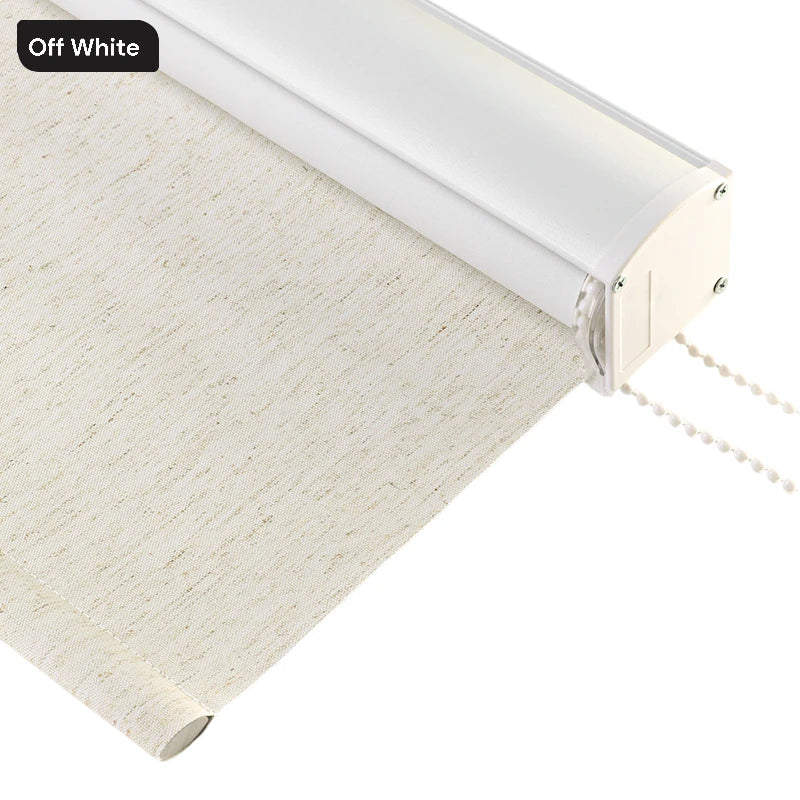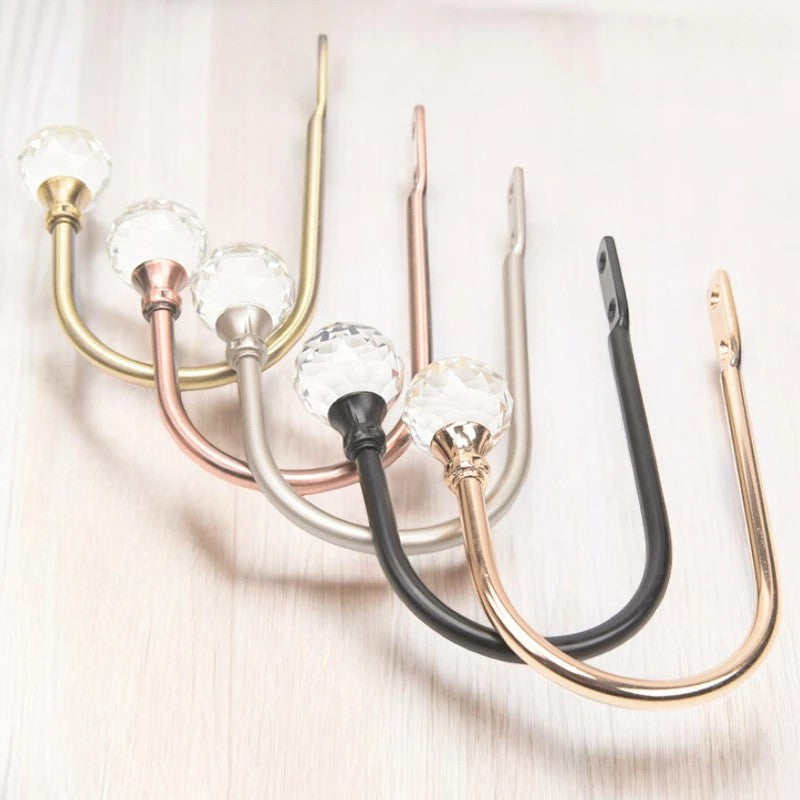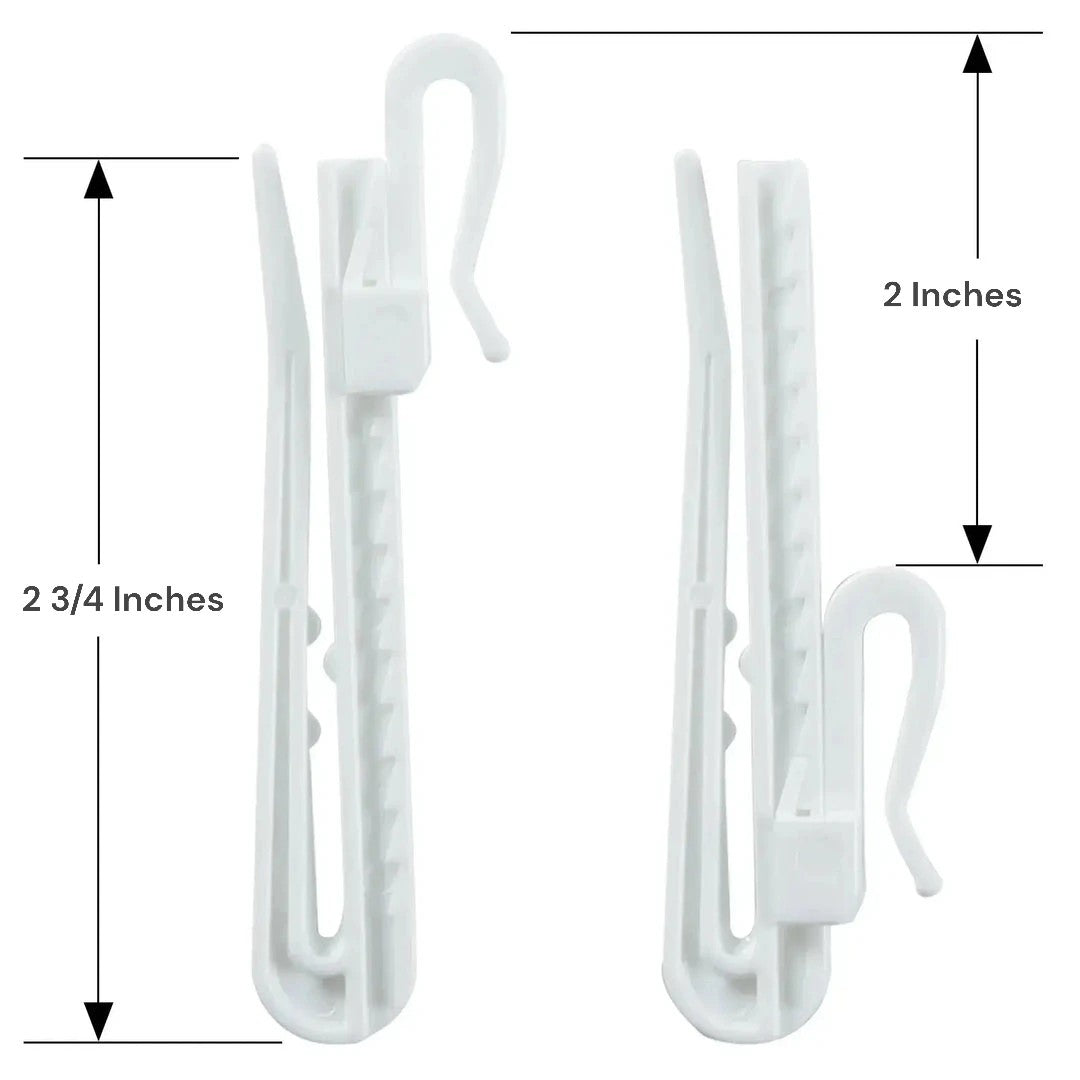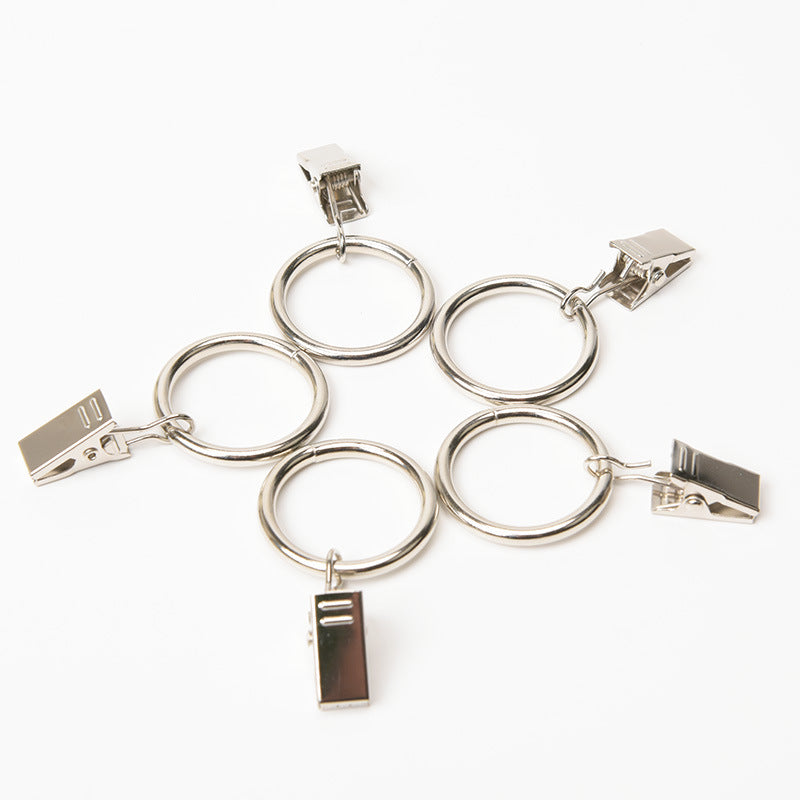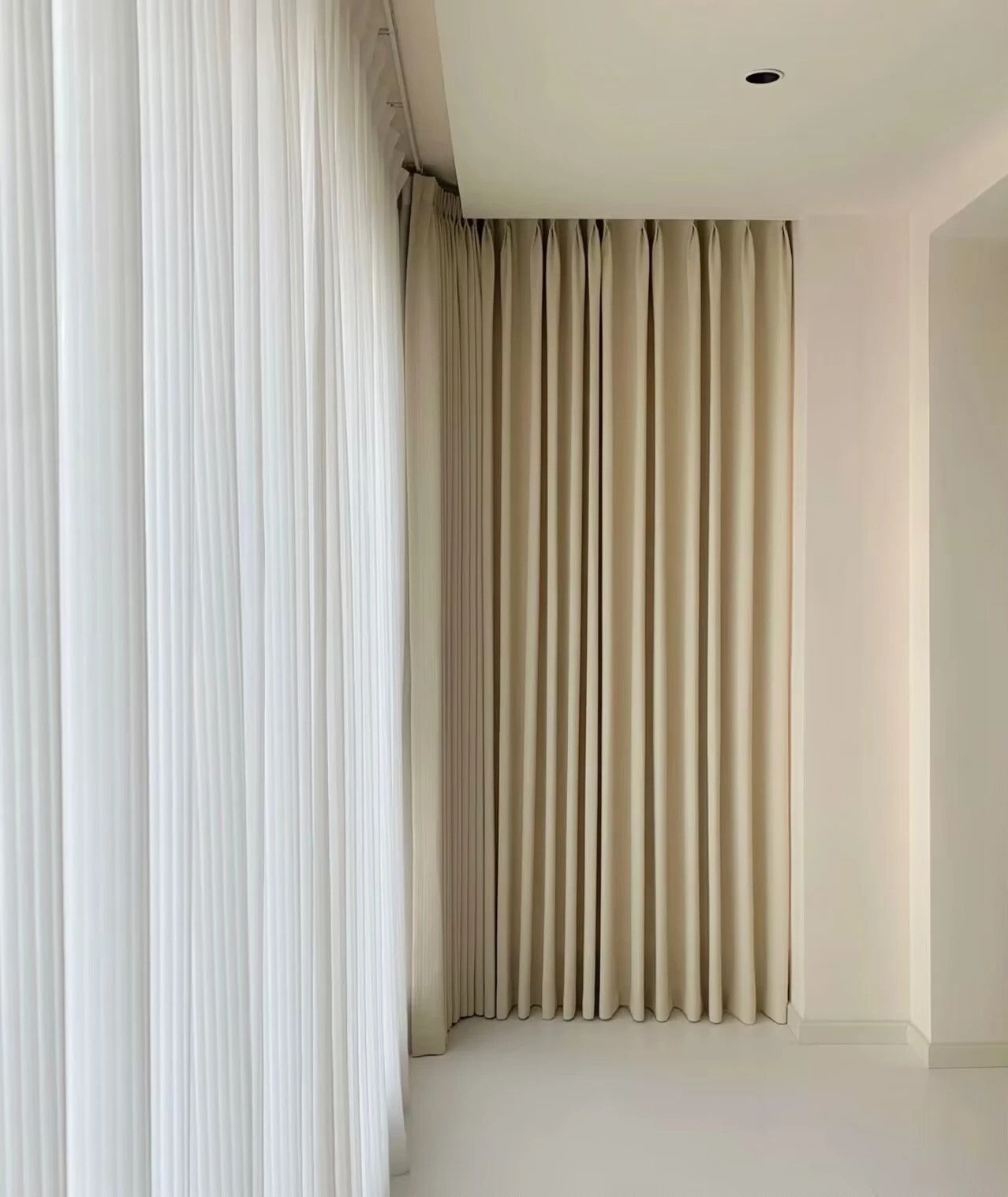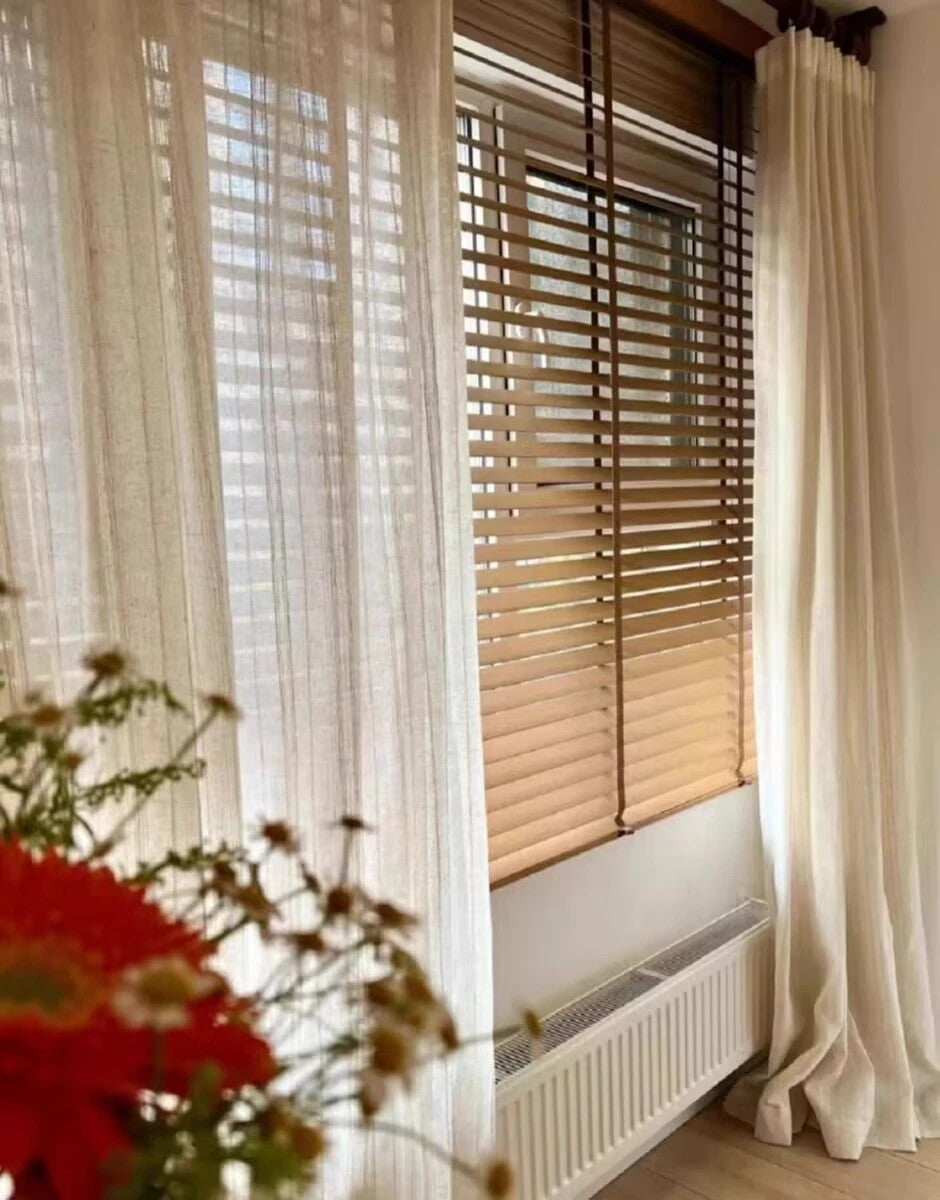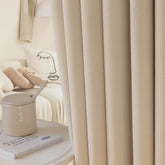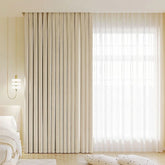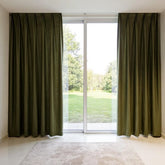Can Curtains Cause Allergies?
Many people wonder if curtains can cause allergies, and in this guide, we will uncover the truth behind this question. Can dirty curtains really trigger allergic reactions? Let's delve into the details and find out.
Key Takeaways
- Curtains can accumulate allergens such as dust mites, mold, and mildew, which can trigger allergic reactions.
- Regular cleaning and maintenance of curtains are essential to prevent allergies.
- Using non-toxic cleaning products and practicing good hygiene habits can reduce allergens in the home.
- Investing in machine-washable curtains and using air purifiers can help improve indoor air quality.
- Sealing gaps and keeping dirt outside can also minimize the risk of allergies caused by curtains.
The Potential Allergens in Curtains
Curtains can harbor a range of allergens, including mold, dust, and other particles, making them a potential source of allergies for sensitive individuals. These allergens can accumulate over time, especially in curtains that are not properly cleaned or maintained. Mold, for instance, thrives in damp environments and can grow on curtains that are exposed to moisture or high humidity levels. For individuals with mold allergies, this can trigger symptoms such as sneezing, coughing, and itchy eyes.
In addition to mold, curtains can also collect dust, which is a common allergen. Dust mites, microscopic pests that feed on dead skin cells, are a primary component of household dust. These tiny creatures thrive in warm, humid environments and can be found in curtains, particularly in those made from heavier fabrics or with multiple layers. When disturbed, dust mites can become airborne and trigger allergic reactions, such as sinus congestion, runny nose, and asthma attacks.
Furthermore, certain materials used in curtains can also contribute to allergies. Synthetic fabrics, such as polyester, nylon, and acrylic, are more likely to accumulate static electricity, which can attract and retain dust particles. Natural materials like cotton and linen, on the other hand, although less prone to static, can still harbor allergens if not properly maintained. This is why regular cleaning and dusting of curtains, regardless of the material, is crucial in minimizing the risk of allergic reactions.
| Common Allergens Found in Curtains | Allergy Symptoms |
|---|---|
| Dust mites | Sneezing, coughing, itchy eyes, asthma attacks |
| Mold spores | Sinus congestion, runny nose, skin rashes |
| Pollen | Allergic rhinitis, itchy throat, watery eyes |
| Pet dander | Sneezing, wheezing, hives |
To minimize the presence of allergens in curtains, it is recommended to regularly vacuum and dust curtains using a damp cloth or microfiber duster. If possible, opt for machine-washable curtains that can be cleaned more thoroughly. It is also important to maintain proper indoor humidity levels to prevent mold growth and to consider using hypoallergenic curtains that are specifically designed to reduce allergen accumulation. Taking these preventive measures can help create a healthier indoor environment, especially for individuals with allergies or respiratory issues.
Regular curtain maintenance plays a crucial role in preventing allergies and maintaining a clean and healthy indoor environment. By staying vigilant and implementing simple cleaning routines, we can reduce the risk of allergens hiding in our curtains. Remember, curtains not only serve as decorative pieces but can also be potential sources of allergies if not properly cared for. Let's prioritize our health by giving curtains the attention they need and deserve.
Tips for Allergy Prevention and Curtain Maintenance
To minimize the risk of allergies caused by curtains, there are several preventive measures you can take and maintenance practices to follow. Regular cleaning is essential to remove dust, allergens, and other potential irritants that can accumulate on your curtains. Here are some tips to help you maintain a healthier indoor environment:
- Vacuum and dust regularly: Use a vacuum cleaner with a HEPA filter to remove dust from your curtains. Additionally, dust the curtain rods, blinds, and windowsills to prevent dust from settling on the curtains again.
- Wash curtains: Check the care instructions for your curtains and wash them accordingly. Machine-washable curtains can be cleaned in the washing machine using a gentle cycle. Don't forget to remove any hooks or rings before washing.
- Steam clean: If your curtains are not machine-washable or require special care, consider steam cleaning them. Steam cleaning can effectively remove allergens without damaging the fabric.
- Replace curtains: If your curtains are old, worn, or heavily stained, it may be time to replace them. Opt for curtains made from hypoallergenic materials and choose lighter, sheer fabrics that are less likely to trap dust and allergens.
Preventive Measures for Allergic Rhinitis caused by Curtains
If you suffer from allergic rhinitis, caused by allergens present in curtains, there are additional steps you can take to minimize exposure and manage your symptoms:
- Keep windows closed: During high pollen seasons, keep your windows closed to prevent pollen from entering your home and settling on your curtains.
- Use air purifiers: Consider using air purifiers with HEPA filters in rooms where you spend the most time. These can help remove allergens from the air, reducing your exposure.
- Limit contact: Avoid touching your face after touching curtains and regularly wash your hands to minimize the transfer of allergens from your hands to your nose and eyes.
By following these preventive measures and maintenance practices, you can minimize the risk of allergies caused by curtains and create a healthier living space. Remember to consult with a healthcare professional if you experience persistent or severe allergy symptoms.
Improving Indoor Air Quality for Allergy Prevention
Beyond curtain maintenance, there are other measures you can take to enhance indoor air quality and mitigate the risk of allergies stemming from curtains. Regularly cleaning your curtains is essential, but there are additional steps you can incorporate into your routine to further improve the air you breathe.
- Invest in hypoallergenic curtains: Opting for hypoallergenic curtains can significantly reduce the potential for allergic reactions. These specially designed curtains are made from materials that are less likely to harbor allergens like dust mites, mold, and pet dander. They are also easier to clean, making them a great choice for allergy sufferers.
- Manage asthma triggers: If you or someone in your household has asthma, it's essential to minimize triggers in the indoor environment. Curtains can collect dust and dander, which can exacerbate asthma symptoms. Consider using dust-proof covers for your curtains or choosing window treatments that are easily washable to minimize the buildup of allergens.
- Address skin allergies: Some individuals may experience skin allergies or irritation due to certain fabrics used in curtains. If you notice skin reactions after coming in contact with curtains, consider switching to curtains made from natural fibers or those labeled as hypoallergenic. Additionally, regular washing and thorough rinsing of curtains can help remove any residues that may cause skin irritation.
To create a healthier indoor environment and improve air quality, it's also important to adopt good practices beyond curtain-related measures. For example, regularly vacuuming, dusting, and mopping floors can help reduce dust particles in your home. Using non-toxic cleaning products and ensuring proper ventilation can also contribute to better air quality.
Incorporating these practices into your routine can help minimize the risk of allergies caused by curtains. By maintaining a clean and allergen-free environment, you can create a space that promotes better respiratory health and overall well-being.
Conclusion
In conclusion, while curtains can potentially harbor allergens like dust mites and molds, there are effective measures to mitigate this risk and create a healthier living space. Regular cleaning, both of curtains and the surrounding area, is essential. Use non-toxic cleaning products, consider machine-washable curtains, and invest in air purifiers if necessary. Seal gaps, practice good hygiene, and keep pet areas clean.
By following these precautions and maintaining a clean indoor environment, you can significantly reduce the likelihood of curtain-related allergies and promote better overall health for you and your family.
FAQ
Q: Can dirty curtains cause allergies?
A: Yes, dirty curtains can accumulate allergens such as dust mites, molds, and germs, which can trigger allergic reactions and respiratory issues.
Q: What allergens can be found in curtains?
A: Common allergens found in curtains include dust mites, molds, and germs. These allergens can cause symptoms like sneezing, runny noses, asthma attacks, and bronchitis.
Q: How can I prevent curtain allergies and maintain a healthier indoor environment?
A: To prevent curtain allergies, it is important to clean curtains periodically. Additionally, you can minimize exposure to allergens by vacuuming regularly, using non-toxic cleaning products, sealing gaps, removing shoes at the entrance, refreshing bedding, dusting with a damp sponge, and opting for machine-washable curtains. Investing in an air purifier or air conditioning unit can also improve indoor air quality.
Q: Are there specific types of curtains that are better for allergy prevention?
A: Yes, hypoallergenic curtains are recommended for allergy prevention. These curtains are designed to resist dust mites and other allergens, reducing the risk of triggering allergic reactions.
Q: What are some common symptoms of curtain allergies?
A: Common symptoms of curtain allergies include sneezing, runny nose, itchy or watery eyes, coughing, wheezing, difficulty breathing, and skin irritation.
Q: Is there a link between curtains and asthma?
A: Yes, curtains can collect dust and other allergens, which can trigger asthma attacks in individuals with asthma. Keeping curtains clean and opting for hypoallergenic options can help reduce the risk of asthma symptoms.
Q: How often should curtains be cleaned to prevent allergies?
A: It is recommended to clean curtains at least once every three to six months. However, if you notice an increase in allergy symptoms or visible dirt and dust on the curtains, cleaning them more frequently may be necessary.



